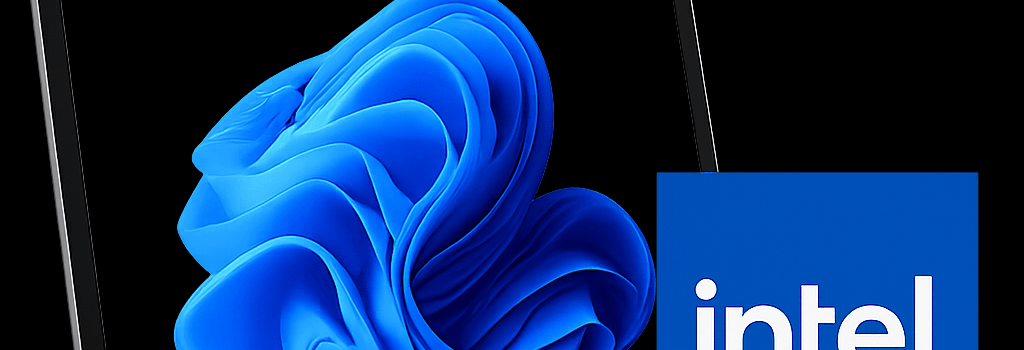Surface Laptop 5G: Microsoft’s Commitment to Intel

Microsoft has doubled down on Intel-based hardware with its latest Surface Laptop 5G, targeting enterprises and professionals who rely on x86 applications and robust cellular connectivity. This refreshed model combines the new Intel Core Ultra Series 2 (codenamed Lunar Lake) processors with an integrated 5G modem, offering a balance of performance, portability, and always-on networking.
Key Specifications and Design Enhancements
- Display: 13.8-inch PixelSense touchscreen, 2256×1504 resolution, 3:2 aspect ratio
- Processor: Intel Core Ultra Series 2 (Lunar Lake), up to 10 cores (6P + 4E), built-in Intel Arc iGPU
- AI Acceleration: Dual Neural Processing Units (NPUs) delivering up to 50 TOPS for Windows 11 Copilot+ features
- Memory & Storage: Up to 32 GB LPDDR5x RAM; up to 1 TB PCIe 4.0 SSD
- Connectivity: Qualcomm Snapdragon X75 5G modem with dynamic antenna system and multi-layered laminate for improved signal
- Ports: 2× Thunderbolt 4/USB-C, 1× USB-A, 3.5 mm headphone jack, Surface Connect
- Battery Life: Up to 18 hours (web browsing over Wi-Fi), approximately 12 hours with continuous 5G use
Enhanced Connectivity and Antenna Design
The Surface Laptop 5G integrates a custom multi-layered laminate beneath the keyboard deck, optimizing millimeter-wave and sub-6 GHz reception. According to a lead RF engineer, this dynamic antenna system uses adaptive beamforming to maintain stable bandwidth in congested urban environments. Enterprises conducting field operations—such as on-site inspections or mobile point-of-sale—will particularly benefit from consistent upload and download speeds exceeding 1 Gbps in ideal 5G NR-SA networks.
Performance Analysis: Core Ultra vs. Snapdragon X-Series
- CPU & GPU Benchmarks: In Cinebench R23, Core Ultra 5 configurations score approximately 15% higher than Snapdragon X Elite Arm devices, thanks to hybrid P-core/E-core design. Integrated Intel Arc graphics deliver up to 1.2 TFLOPS, outperforming the Adreno GPU in sustained workloads.
- AI Workloads: The dual NPU architecture achieves 50 TOPS, enabling real-time transcription, on-device image tagging, and accelerated Copilot+ features without offloading data to the cloud.
- Thermals & Acoustics: Custom vapor-chamber cooling maintains peak performance under load, with fan noise capped at 38 dBA—comparable to Intel’s Meteor Lake prototypes.
Enterprise Integration and Security
Businesses continue to demand x86 compatibility for legacy applications and specialized drivers. Windows 11 on Core Ultra ensures native execution of full-trust Win32 apps, avoiding potential overhead in Arm-to-x86 translation layers like Prism. For security, Microsoft Entra integration, Windows Hello for Business, and Intel Threat Detection Technology (TDT) provide multi-layered protection against firmware attacks and zero-day exploits.
Market Positioning and Total Cost of Ownership
“While the initial MSRP of $1,499 (non-5G) and an estimated $1,699+ for 5G models may seem steep, enterprises calculate ROI in reduced downtime and unified device management,” notes industry analyst Jessica Liu of TechInsights Research.
Over a three-year lifecycle, consistent 5G access can reduce dependence on mobile hotspots, and integration with Microsoft Endpoint Manager simplifies patching and security policies. Compared to flagship Arm laptops, the Surface Laptop 5G offers predictable performance for verticals such as finance, healthcare, and government.
Future Roadmap and Industry Context
Since Panos Panay’s departure in 2023, Microsoft has streamlined its Surface portfolio, prioritizing the Pro and Laptop series. The Surface Laptop 5G arrives ahead of Windows 11 version 24H2, which is expected to introduce deeper Copilot integration and native 5G roaming features. Competitors like Lenovo’s ThinkPad X13 Gen 4 and HP’s EliteBook 805 G9 have also announced 5G variants, but few match Microsoft’s end-to-end hardware-software co-design.
Conclusion
The Surface Laptop 5G underscores Microsoft’s commitment to x86 for enterprise customers who cannot compromise on compatibility. By blending Intel’s latest hybrid architecture with advanced cellular technology, the new Surface offers a compelling option for organizations seeking secure, high-performance laptops that stay connected anywhere.